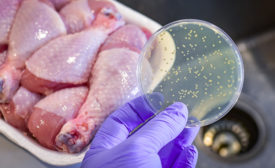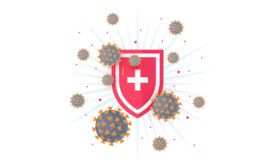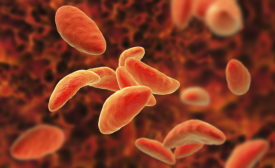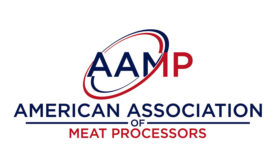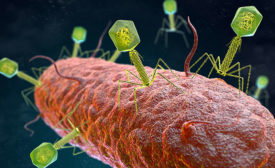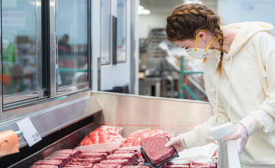Home » pathogens
Articles Tagged with ''pathogens''
Fight for Food Safety
USDA and FDA tighten the chains on food companies as they continue to wage their war on pathogens.
Read More
Spectacular Labs improves pathogen testing for Canadian meat producers
Spectacular’s fully automated, on-site foodborne pathogen detection platform can help accelerate turnaround times, streamline workflows and reduce overall testing costs.
Read More
FDA and bioMérieux collaborate to combat foodborne pathogens
Research collaboration aims to improve microbial detection tools.
Read More
Tech | Processing
Battle versus bacteria heats up
Bacteriophages are providing more firepower for meat and poultry processors in the battle against microbials.
Read More
Stay ahead of the curve. Unlock a dose of cutting-edge insights.
Receive our premium content directly to your inbox.
SIGN-UP TODAYCopyright ©2025. All Rights Reserved BNP Media.
Design, CMS, Hosting & Web Development :: ePublishing




